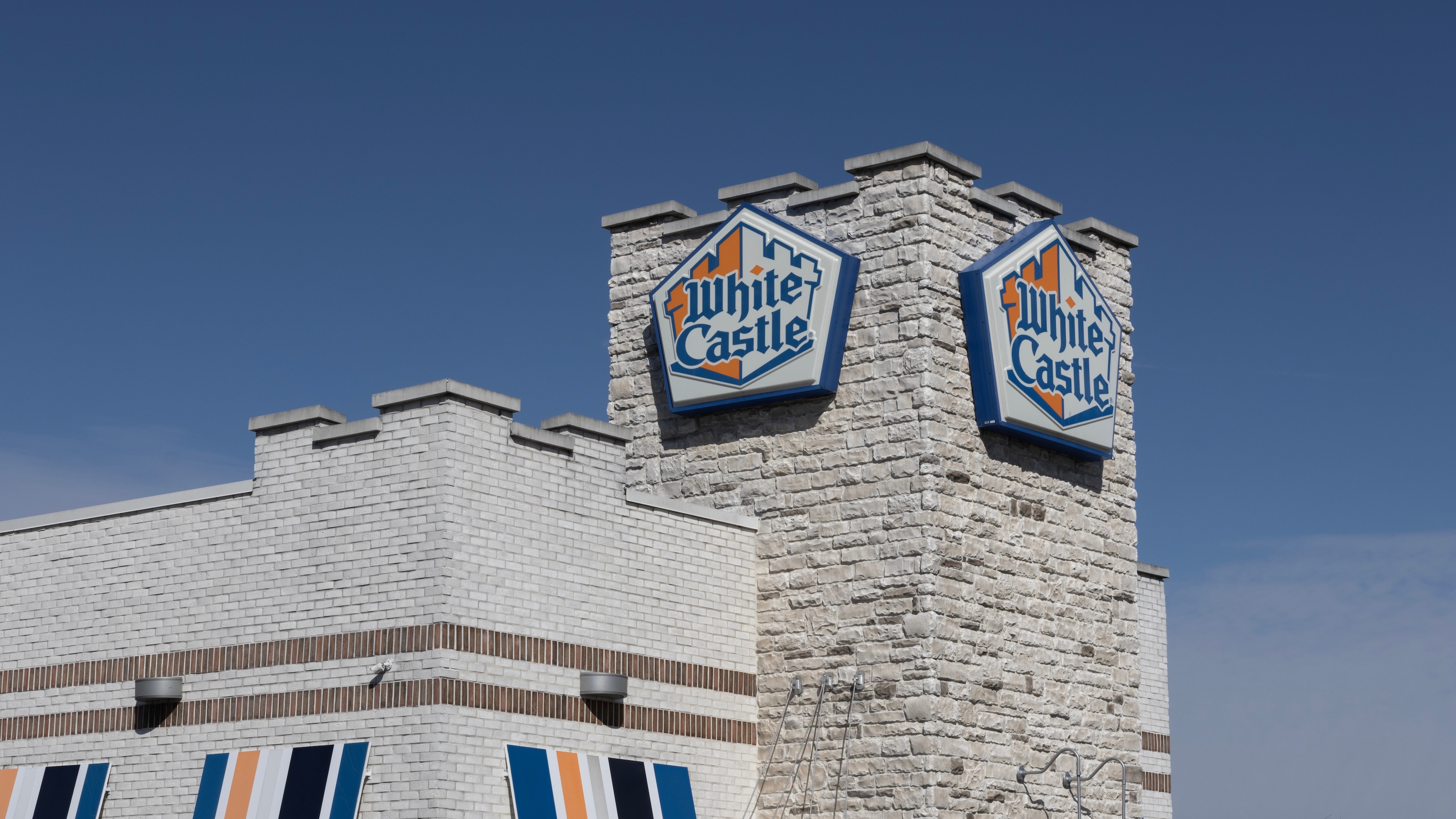For growth, identify what’s fixed and what’s flexible
For a startup, growth is a straightforward matter of scaling up: adding employees, setting up distribution channels, and so on. But, says David Butler in his Big Think+ video “Design for Growth,” it’s a different story for an established company. As Vice President of Innovation and Entrepreneurship at the Coca-Cola Company, Butler says that for a firm like his, growth is about agility: “How do you actually adapt, change, create flexibility inside of your organization to move with the market, to quickly adapt to the market?” The key, he proposes, is to identify the elements of your product and organization that are fixed — its core, unchangeable elements — and to identify those aspects that can be adapted to provide the flexibility a company needs to grow.
The Coke Bottle
Butler presents Coke’s familiar contour bottles as a classic example of an unchangeable thing, saying, “The final version of what we call the ‘contour bottle’ was designed in 1915.” There was “lots of exploration before then, but they simplified, standardized that bottle in 1915. The contour bottle has remained unchanged for roughly 100 years.” That bottle is the epitome of a fixed product attribute: Unchanging and non-negotiable.
Looking at Legos
“I love Legos as a metaphor because I’ve traveled the world, and everyone understands Legos,” says Butler. “A great thing about Legos is they have both fixed and flexible elements.”
The core set of colored bricks have remained the same for 50 years. Ditto the way they fit together. “So there are pegs in the bottom of Legos that allow them to connect with every other Lego, and they haven’t changed that locking mechanism for 50 years.”
What’s flexible about Legos, says Butler, are the additional pieces that continually refresh the product. These ensure that Legos remain relevant and attractive to new generations of consumers. “Today if you are a Harry Potter fan, there are bricks that you can connect to those core set of bricks to create Hogwarts Castle.”
Coca-Cola: Fixed and Flexible
Butler reveals that Coca-Cola considers its big-picture fixed elements to be simply “our products, a crate, and our customer. So we have to get our products in that crate to that customer. What’s flexible is how we get it there.”
Though we may immediately think of big red trucks, Butler says that in some markets, such large vehicles are next to useless. In those places, delivery is more challenging, perhaps involving “a rickety bridge or a dirt road.” The solution, Butler says, can be “in the form of a bike, in the form of a donkey, in the form of a boat.”
It’s the company’s insight into the structural nature of its product that makes thriving in such markets achievable. “That combination of having fixed elements with flexible elements,” says Butler, “is how we can adapt to almost any challenge that we have in expanding in developing markets.”




